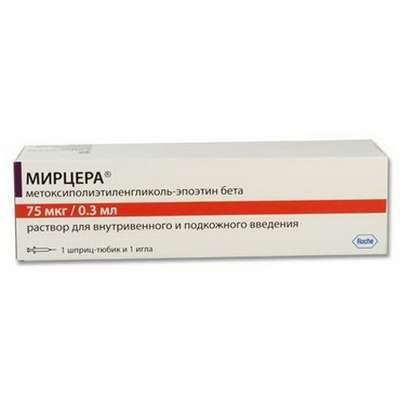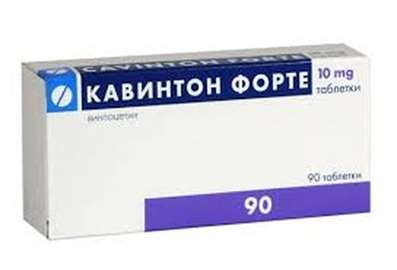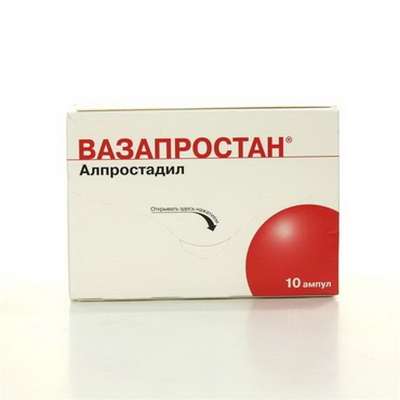Instruction for use: Riboxin Injection
I want this, give me price
Trade name of the drug – Riboxin
International nonproprietary name: Inosine
Dosage Form: solution for intravenous administration.
Composition:
1 ml solution contains:
active substance: inosine (Riboxinum) 20 mg,
Additional ingredients: propylene glycol, sodium hydroxide, anhydrous sodium sulfite, water for injection.
Description:
A colorless or slightly colored transparent liquid.
Pharmacotherapeutic group:metabolic means
ATX Code Ñ01EB
Pharmacological Properties
Pharmacodynamics.
Riboxin - derivative (nucleoside) purines - a precursor adenozintifosfata ATP. It refers to a group of medicines that stimulate metabolic processes. It has anti-hypoxic and anti-arrhythmic action. Increases myocardial energy balance, improves coronary circulation, prevents the effects of intraoperative renal ischemia. Directly involved in the metabolism of glucose and helps to activate the metabolism in hypoxic conditions and in the absence of ATP.
It activates the metabolism of pyruvic acid to ensure the normal process of tissue respiration, and promotes activation of xanthine dehydrogenase. It stimulates the synthesis of nucleotides, enhances the activity of some enzymes of the Krebs cycle. Penetrating the cell has a positive effect on metabolic processes in myocardium - heart rate increases strength and enhances the myocardial diastolic relaxation, thereby increasing the stroke volume. The mechanism of antiarrhythmic action until the end is unclear.
It decreases platelet aggregation, activates the regeneration of tissues (especially the myocardium and gastrointestinal mucosa).
Pharmacokinetics.
It is metabolized in the liver to form glucuronic acid and its subsequent oxidation. The small amount excreted in the urine.
Indications
Comprehensive treatment of myocardial infarction, ischemic heart disease, cardiac arrhythmia, caused by the use of cardiac glycosides, amid myocardiodystrophy after infectious diseases. Liver disease (hepatitis, cirrhosis, fatty degeneration). Operations on the isolated kidney (as a means of pharmacological protection when you turn off the blood circulation).
Contraindications
Hypersensitivity to the drug, gout, hyperuricemia, pregnancy, lactation, age 18 years (effectiveness and safety have been established). To apply caution in patients with renal insufficiency.
Dosing and Administration
The drug is used intravenously slowly drip (40-60 drops to 1 minute). Treatment is initiated by introducing 200 mg (10 ml of a 2% solution) 1 time per day, then if tolerated, the dose was increased to 400 mg (20 ml of a 2% solution) 1-2 times a day.Duration of treatment is 10-15 days.
Stream introduction of preparation is possible in acute heart rhythm disturbances in a single dose of 200-400 mg.
To protect renal pharmacological subjected to ischemia Riboxinum administered intravenously, at a dose of 1.2 g (60 ml of a 2% solution) for 5-15 minutes prior to clamping of the renal artery, then another 0.8 g (40 ml of a 2% solution ) immediately after restoration of blood flow.
When the vein drip 2% solution of the drug is diluted in 5% dextrose (glucose) or isotonic sodium chloride solution (250 mL).
Side effects
Allergic reactions such as urticaria, pruritus, flushing of the skin (requires removal of the drug). Occasionally a drug for the treatment increases the concentration of uric acid in the blood and increase gout (with prolonged use).
Release Form
A solution for intravenous administration of 20 mg / ml.
5 ml, 10 ml of the drug in a neutral glass vial with a notch, marked point (paint). On 10 vials placed in blisters made of PVC film. 1 contour cell package, along with instructions for use, lancet or knife ampoule is placed in a cardboard box.
Storage conditions
Store in a dry, dark place at a temperature no higher than 25 ° C. Keep out of the reach of children.
Shelf life
3 years. Do not use after the expiration date printed on the package.
Conditions of supply at the pharmacy
On prescription.

 Cart
Cart





